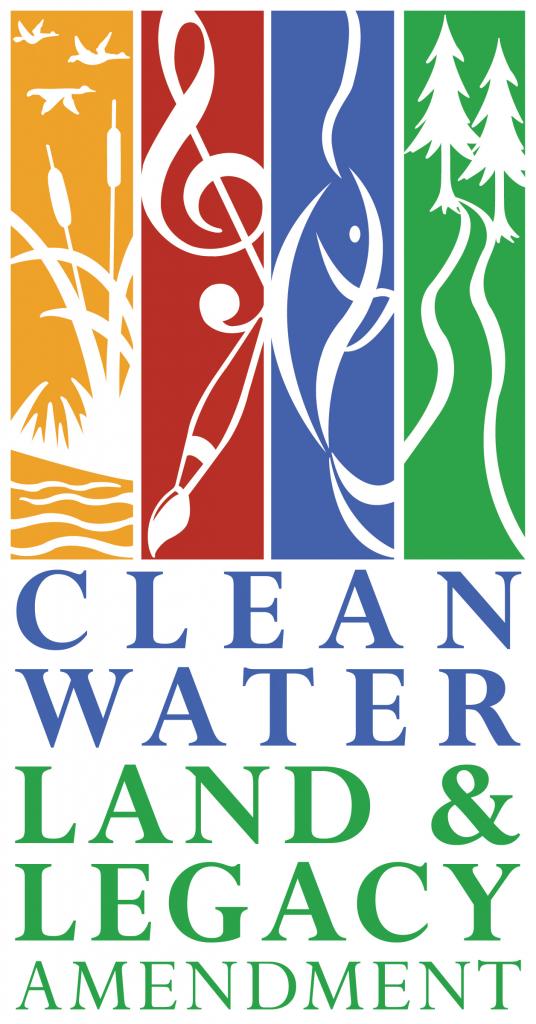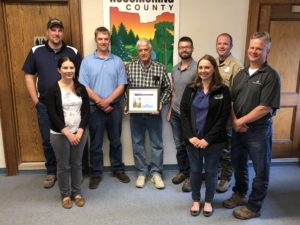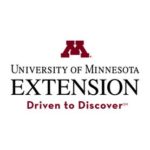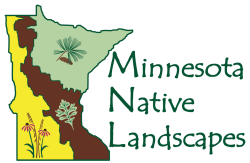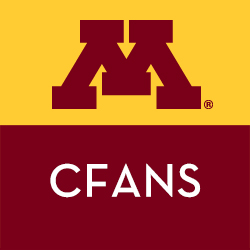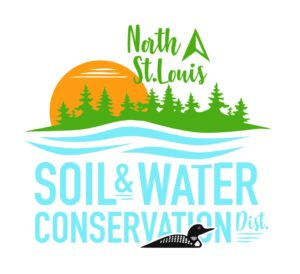NIPF Pilot Project Phase 2 - Wrap Up
Through MN DNR Forestry, the Koochiching SWCD is currently wrapping up final tasks on the NIPF Pilot Project Phase 2 contract. The scope of work was developed to build additional data tracking and coordination between SWCD forestry, the Board of Soil & Water Resources (BWSR), and MN DNR private forest management programs.
